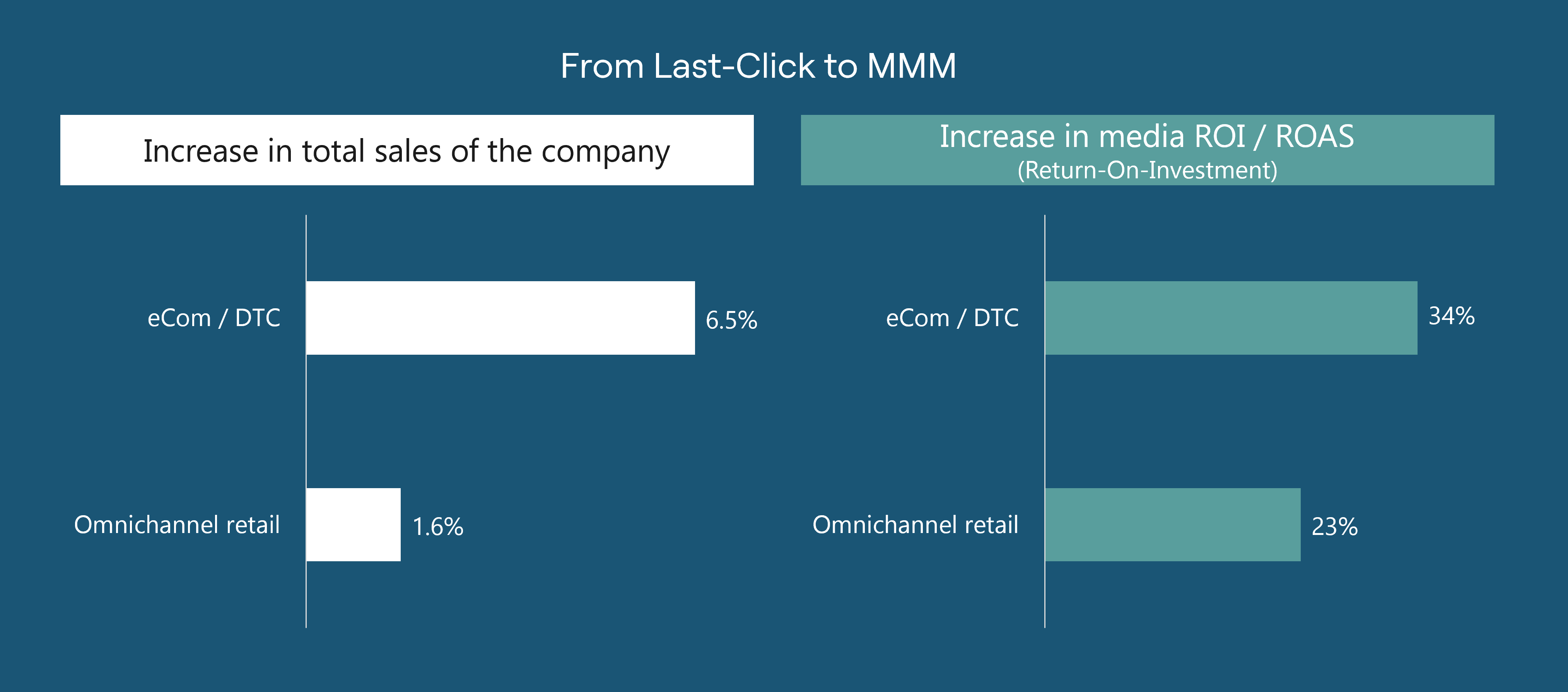Buyer’s Guide to MMM Tools - Sellforte
We’ve all been there – you’re trying to understand how one Marketing Mix Modeling (MMM) tool or solution differs from another, but it’s frustratingly difficult.
We’ve all been there – you’re trying to understand how one Marketing Mix Modeling (MMM) tool or solution differs from another, but it’s frustratingly difficult.
We’ve all been there – you’re trying to understand how one Marketing Mix Modeling (MMM) tool or solution differs from another, but it’s frustratingly difficult.
As marketing measurement technologies continue to evolve, eCommerce and Direct-to-Consumer (DTC) brands are turning to Marketing Mix Modeling (MMM) to optimize their advertising spend. Marketing Mix Modeling (MMM) enables brands to make data-driven decisions with greater precision than ever before. Here are five key trends shaping MMM for eCom/DTC brands in 2025.
As marketing measurement technologies continue to evolve, eCommerce and Direct-to-Consumer (DTC) brands are turning to Marketing Mix Modeling (MMM) to optimize their advertising spend. Marketing Mix Modeling (MMM) enables brands to make data-driven decisions with greater precision than ever before. Here are five key trends shaping MMM for eCom/DTC brands in 2025.

For years, performance marketing teams have relied on last-click attribution as their go-to method for optimizing advertising spend across ad platforms, channels, and campaigns. While its limitations become increasingly evident (see e.g. link ), too many advertisers still default to last-click-based optimization — unaware of the revenue they’re leaving on the table. Meanwhile, their competitors are pulling ahead by embracing Marketing Mix Modeling (MMM)—an approach that, unlike last-click, can measure the true incremental sales impact of media.

For years, performance marketing teams have relied on last-click attribution as their go-to method for optimizing advertising spend across ad platforms, channels, and campaigns. While its limitations become increasingly evident (see e.g. link ), too many advertisers still default to last-click-based optimization — unaware of the revenue they’re leaving on the table. Meanwhile, their competitors are pulling ahead by embracing Marketing Mix Modeling (MMM)—an approach that, unlike last-click, can measure the true incremental sales impact of media.
How much additional sales are truly generated by your marketing efforts? It’s a question that marketing teams grapple with daily—and one that CFOs and CEOs expect to be answered with hard data and rigorous measurement methodologies. Yet too many marketers struggle to prove that their campaigns deliver measurable, incremental growth.
Marketing Mix Modeling (MMM), sometimes also referred to as Media Mix Modeling, has seen a rapid increase in popularity among marketers and marketing analysts in the recent years.
How much additional sales are truly generated by your marketing efforts? It’s a question that marketing teams grapple with daily—and one that CFOs and CEOs expect to be answered with hard data and rigorous measurement methodologies. Yet too many marketers struggle to prove that their campaigns deliver measurable, incremental growth.
Marketing Mix Modeling (MMM), sometimes also referred to as Media Mix Modeling, has seen a rapid increase in popularity among marketers and marketing analysts in the recent years.